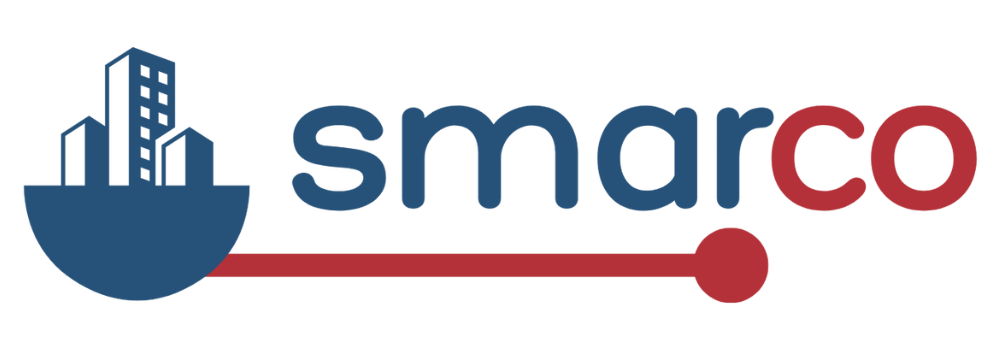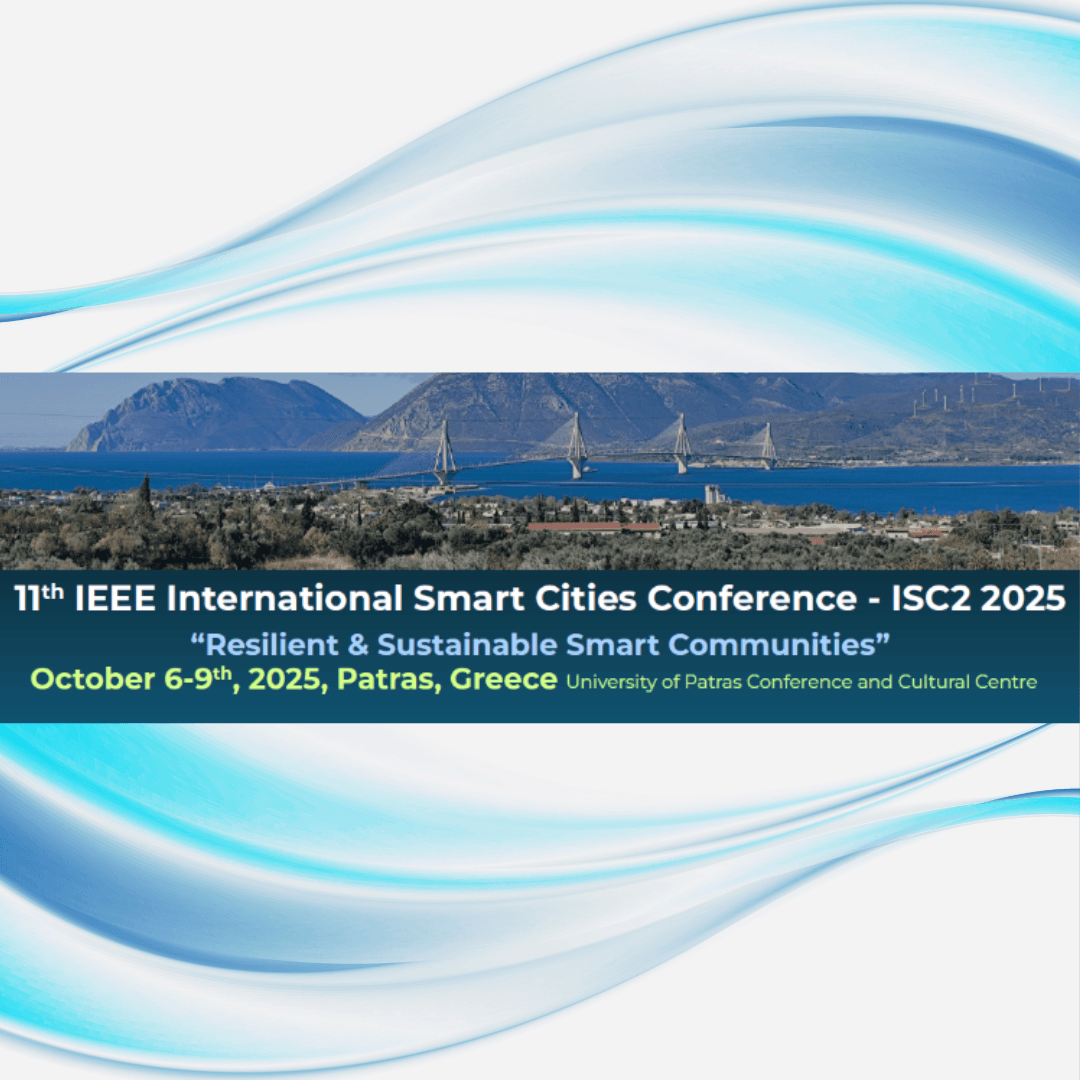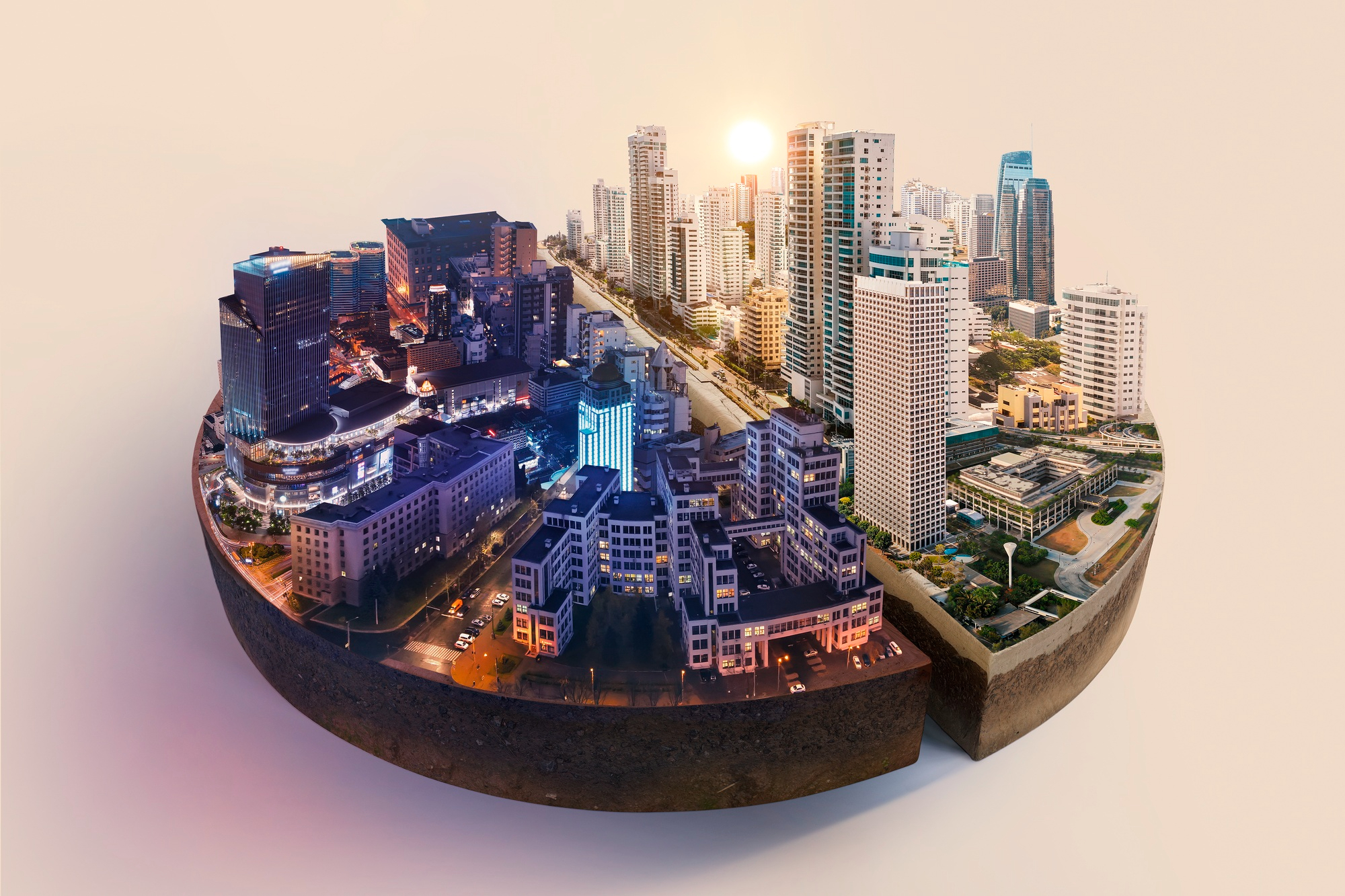An Overview of Technology and Smart Cities
Disruptive technologies have the potential to transform the way cities and communities currently operate while being at the heart of nearly all upcoming smart city’s solutions. After a decade of experimentation and developments, smart cities are entering a new, more complex phase. While digital solutions are only one of the many tools needed to make a city truly great, they are among the most powerful and cost-effective additions seen in years.
If we examine our history, we realize that we live in constant change
Throughout history, humanity has continuously adapted to various forms of change. Each industrial revolution exemplifies these adaptations clearly [1]. The First Industrial Revolution introduced steam engines, which enabled the railway transport of goods and triggered agricultural, demographic, and transportation revolutions.
Following this, the Second Industrial Revolution was marked by the emergence of new energy sources such as oil and electricity. These innovations fuelled technological advances that improved quality of life in profound ways. The arrival of personal computers and the internet heralded the Third Industrial Revolution, bringing not only technological but also scientific and cultural transformations.
With this third revolution came rapid technological progress that forced society to absorb new concepts at unprecedented speed, driving productivity and information flow to new scales. It is within this context that the Fourth Industrial Revolution has emerged, characterized by accelerating change and continuous progress that are reshaping the world around us.

A vision for cities of the future
In this everchanging landscape, it becomes essential to rethink how we design and build the cities of the future to meet the needs of its residents, yet according to McKinsey, many cities today fall short in meeting residents’ expectations in safety, transport, health, and utilities [2]. Given the intense competition for talent among cities, dissatisfied citizens are likely to relocate to more attractive environments [3].
To not lag due to inactivity, city leaders must learn to effectively harness the most advanced technologies, which are evolving more rapidly than ever. In order to meet the evolving needs of urban populations and remain competitive in an increasingly connected world, cities must adopt and integrate advanced technologies such as Artificial Intelligence, Data Analytics, Cloud Computing, Internet of Things and Cybersecurity, which are among the most critical technologies and hold the greatest potential to drive the transition toward truly smart, sustainable, and people-centred cities.
There is no doubt that the SMARCO project will foster the development of skills necessary for the generation of Smart Communities, serving as a hub for upskilling and reskilling and ultimately contributing to the economic competitiveness and sustainability of smart communities across Europe.
Sources:
[1] “Winning cities in the war for Talent”, ” Carlos Moedas – OECD – COGITO”, accessed July 14, 2025, https://oecdcogito.blog/2025/04/22/winning-cities-in-the-war-for-talent/
[2] “Smart Cities: Digital solutions for a more livable future,” McKinsey&Company, accessed July 14, 2025, https://smart-cities-marketplace.ec.europa.eu/sites/default/files/MGI-Smart-Cities-Full-Report.pdf
[3] “Unveiling the Secrets of Industrial Revolutions”, “Sara Briccoli”, accessed July 14, 2025, https://medium.com/@0xbricka/unveiling-the-secrets-of-industrial-revolutions-9f2a5bdaf7e




